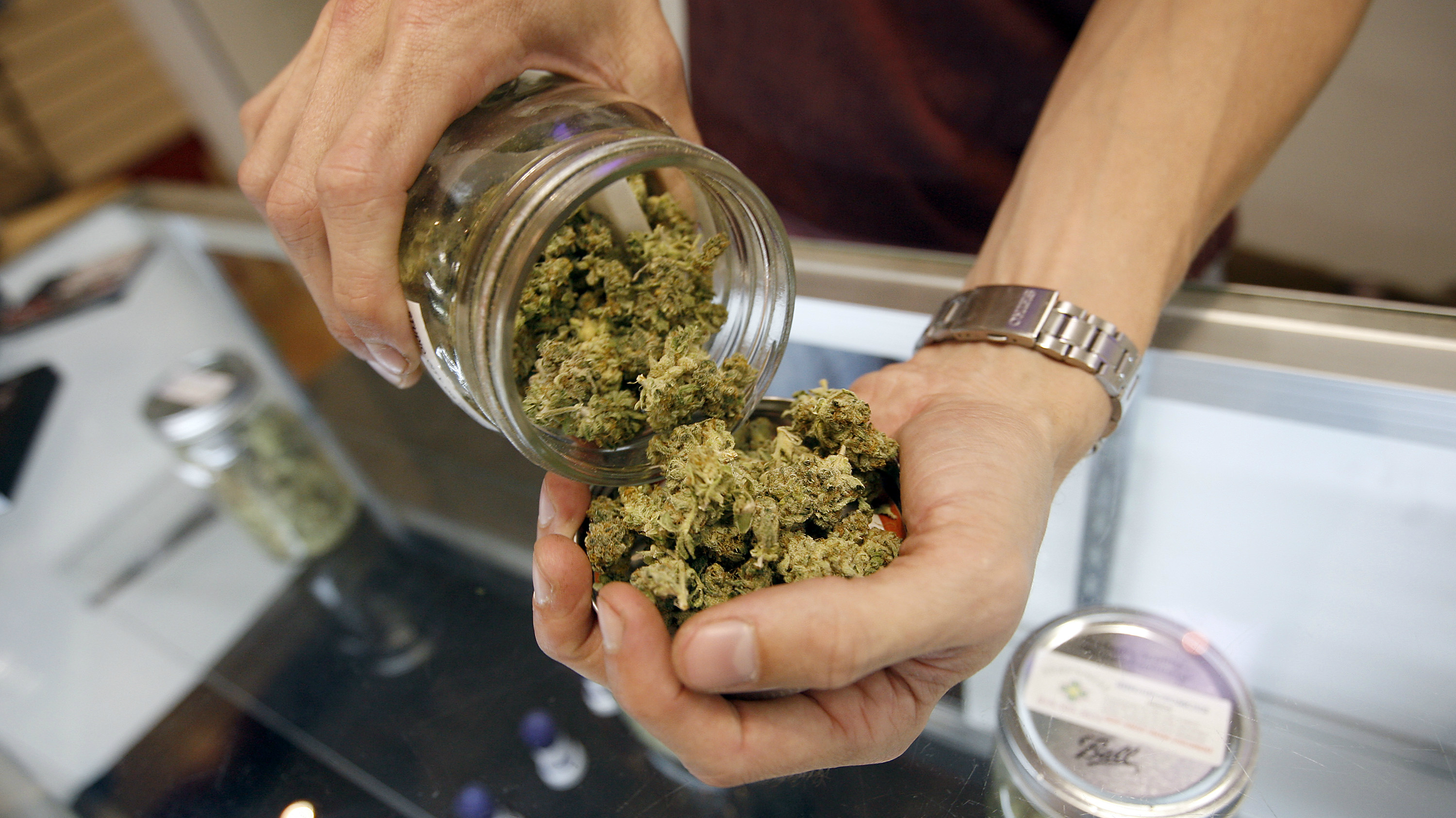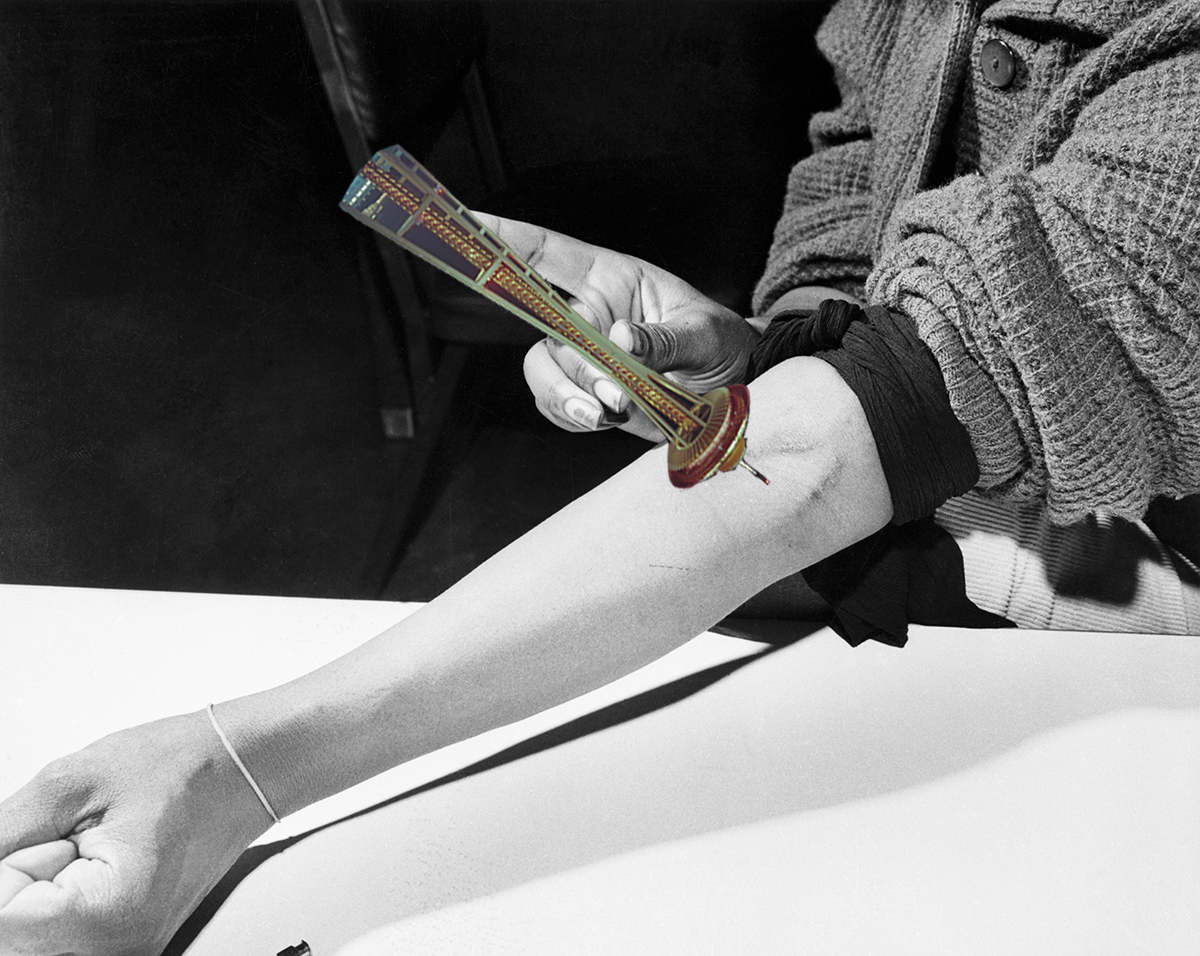overdose
A new report suggests Colorado’s legalization of recreational marijuana might be reducing opioid deaths in the state.
Seattle has a new plan to reduce HIV, drug overdoses, and stray needles: it wants to let addicts shoot heroin and smoke crack legally in monitored spaces.

